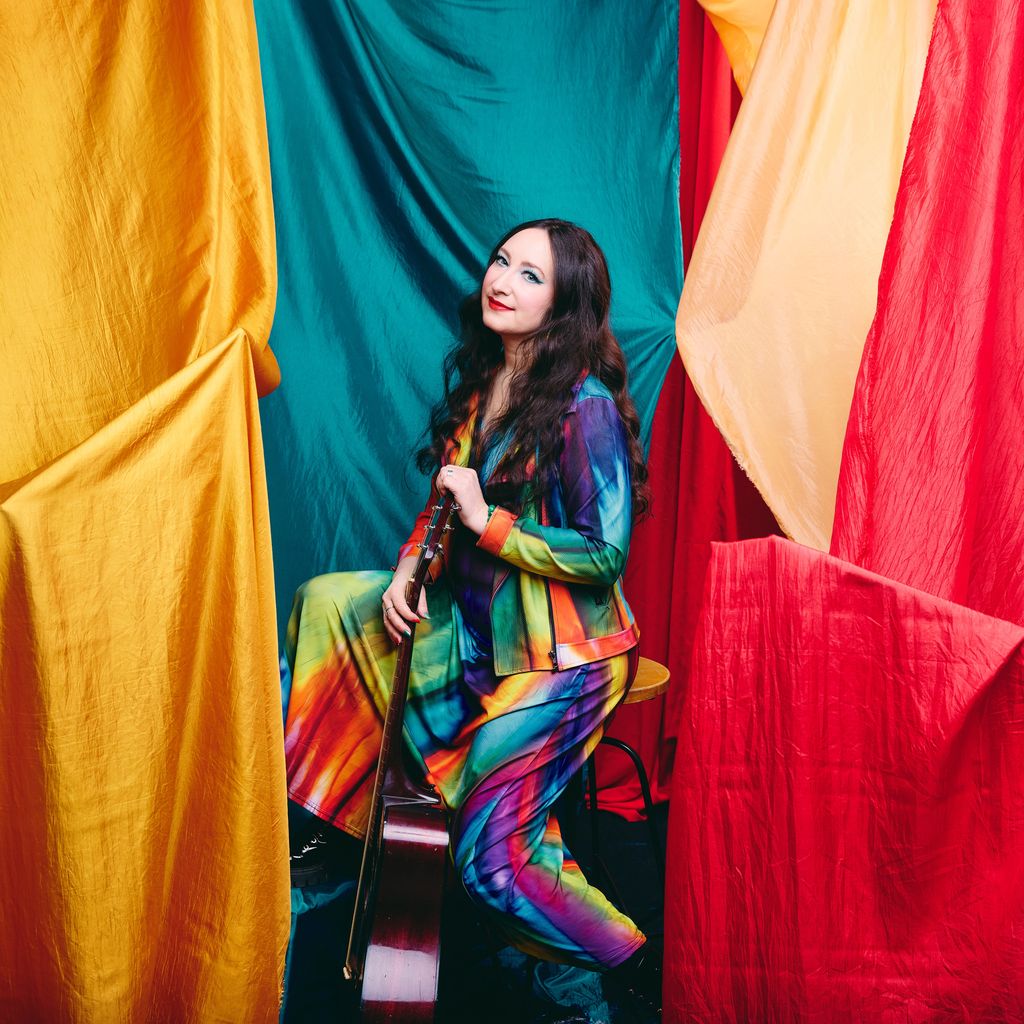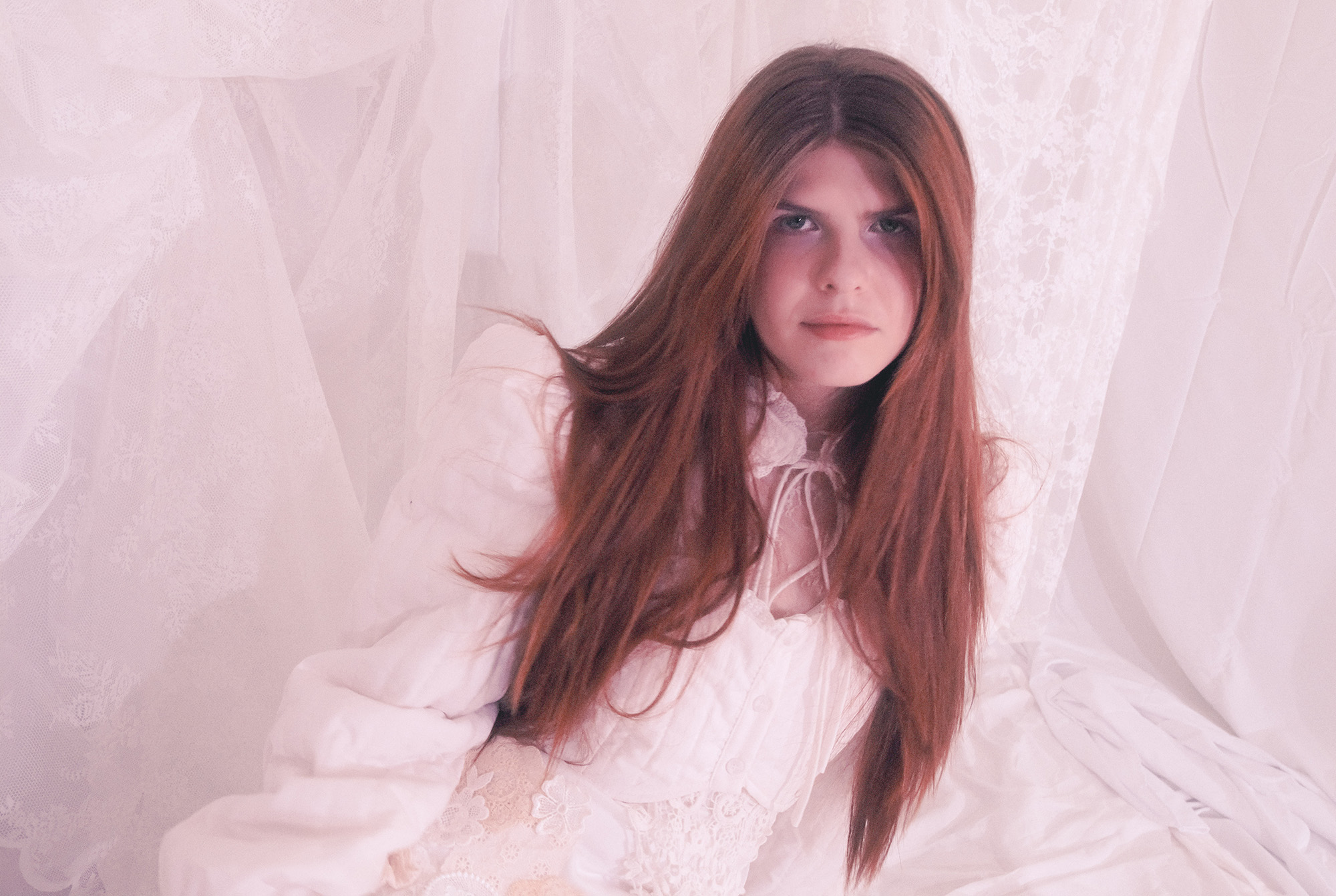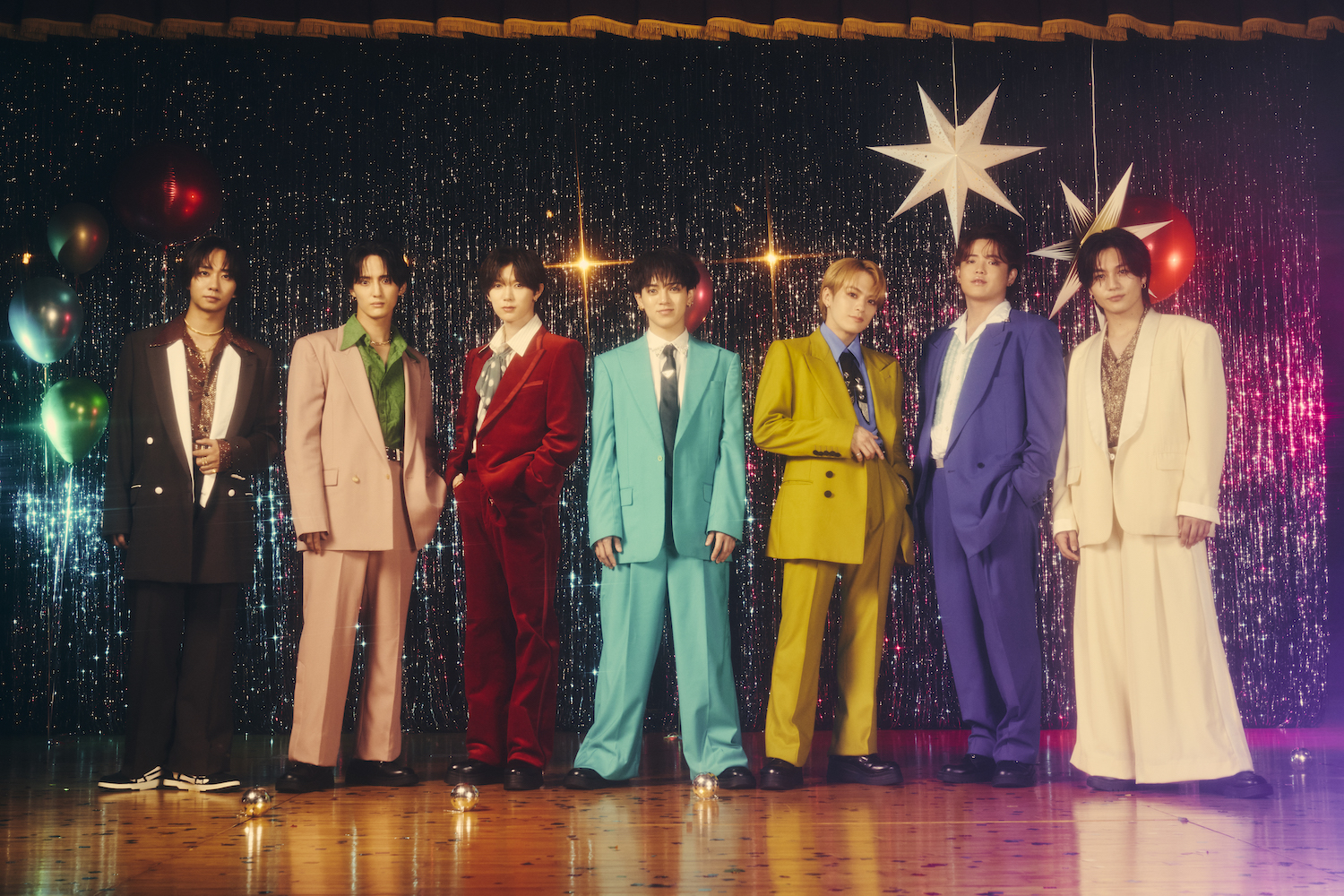Music
What Is Cottagecore and What Does It Have to Do With Taylor Swift’s ‘folklore’?
27 Jul, 20

Taylor Swift at the Toronto International Film Festival
Photo by Evan Agostini (Shutterstock)
After months of isolation, Taylor Swift released a surprise album, shifting the world on its axis.
Swift has always been a master of narrative and image, and true to form, folklore is as curated as any Swift album, albeit in a completely new way. Though the album has inevitably been branded as too saccharine for navel-gazing folk and indie purists, it seems likely that this album will represent a fork in the road between pre and post-COVID pop.
In the promotional photos, Swift wears soft-looking sweaters and stands in forests, wrapped up in a black and white filter. In the album’s first video, “cardigan,” she leans over a moss-drenched piano, riding the waves of different elements.
Taylor Swift – cardigan (Official Music Video)www.youtube.com
In the music, Swift does what she does best—she tells stories—but she wraps them up in arrangements as delicate as forest lichen, spinning them in fairy lights and sending them out on the river in little boats. The songs are beautifully complex, both lyrically and musically, but they sound effortless and simple. With production from The National’s Aaron Dressner, Jack Antonoff, and an enigmatic figure named William Bowery who may or may not be Joe Alwyn, folklore is an enviably gorgeous departure into a sleepy alternate universe.
The Aesthetics of “folklore”: Cottagecore, Pastoralism, and Folk Traditions
folklore sounds like disillusionment wrapped up in gauzy curtains and lamplight. It’s a bitter cup of nettle tea in a dusty china cup. Songs like “exile” are reminiscent of dark misty forests and mountain vistas, while tracks like “seven” are more intimate.
Though most of the songs aren’t actually about forests or cottages, fans have immediately connected the album to “cottagecore,” an aesthetic movement based on TikTok. According to AestheticsWiki, cottagecore is an “aesthetic inspired by a romanticised interpretation of western agricultural life,” one that is “centered on ideas of a more simple life and harmony with nature.”
Cottagecore is all about delicate natural domesticity, quiet, and natural beauty. It’s leaving your secluded nest to take a dip in the forest, returning to bake blueberry scones as the sun goes down, and then curling up with a book and the new and haunted Taylor Swift record while the fireflies cluster around you.
Cottagecore Tiktoks #19www.youtube.com
Like Taylor Swift on folklore, most people practicing cottagecore aesthetics are seeking escapism—through other realities that don’t exist. On folklore, Swift explores a variety of narratives, rotating through a cast of characters that appear and reappear like ghosts; similarly, cottagecore videos are hazy mirages of harps, gauzy folk music, dough-kneading, rainbows reflected on wind chimes, recipes for violet syrup, and candle-making.
Swift—like many cottagecore followers—embraces the softness of countryside escapism, building a misty haze around herself in the form of stories. But like many cottagecore followers, there’s a sense of sadness and tenderness to these projects. Cottagecore’s “founders imagined and discussed idyllic escape from the endless dopamine trap of digital media and the brutal judgment that accompanied it,” writes Amelia Hall for The Guardian.
Cottagecore isn’t about realism. Its purpose is to lay the groundwork for fantasies that might never come to fruition for kids living under modern capitalism, swamped with student debt, forced to fight the world’s social issues while barely making rent, and very well aware that they might never get to live in an idyllic cottage by the sea. In that way, it’s fairly anti-capitalist, a projection that focuses on alternate pathways of relating and consuming.
In terms of their critics, Swift may have more in common with the cottagecore movement than meets the eye. Both Swift and cottagecore have been criticized for their naivete and their proximity to alt-right movements. Swift was on the receiving end of criticism about refusing to denounce alt-right supporters (she eventually did), and cottagecore has been criticized for its emphasis on white, colonial, traditional values.
Still, women of color and queer women have also laid claim to some cottagecore aesthetics, and “lesbian cottagecore” is a prominent subculture. Queer futures and subversive dreams make appearances on folklore too, with the song “betty” already being branded as “queer canon”—though ostensibly written from the perspective of a 17-year-old boy missing the girl he cheated on. Its images of gardens and skateboards evoke the pain of closeted queerness and the hope of a future where queer people can exist unbothered.
In the end, folklore soars past its cottagecore branding, breaking through the glitz of Taylor’s fraught image to become something truly unique—an album that has the potential to help people.
Healing Sounds and Old Stories
Taylor Swift has blessed us. Because now we’ll get to walk through supermarkets in our masks while hearing the soft soothing sounds and poetic lyrics of “seven,” instead of the abrasive or purposefully euphoric pop she could’ve created. Just as cottagecore subcultures are often appealing to people who struggle with the noise levels and hyper-consumerist attitudes of the real world, Swift’s album seems designed for people seeking softer sounds or mossy outcrops on which to rest their heads.
In the liner notes, Swift writes that the album was inspired by “stars drawn around scars…A cardigan that still bears the scent of loss twenty years later. Battleships sinking into the ocean, down down, down….” These are old images, but so are many of our most formative cultural stories. In today’s age, it’s clear we need new stories (or maybe very old ones) to rewrite the dangerous patterns of isolation and overconsumption we’ve been following. folklore opens up space for these stories.
In the end, perhaps the most surprising thing about folklore is that it’s a truly sad album—about feeling used up and worn out and about making room for those feelings instead of shutting them down. It’s a sad world, too, but it’s also of stunning beauty. That’s what Swift introduces us to on “folklore,” inviting us to rest in theoretical Walden-like cottages in our minds if only for the expanse of a few songs.













